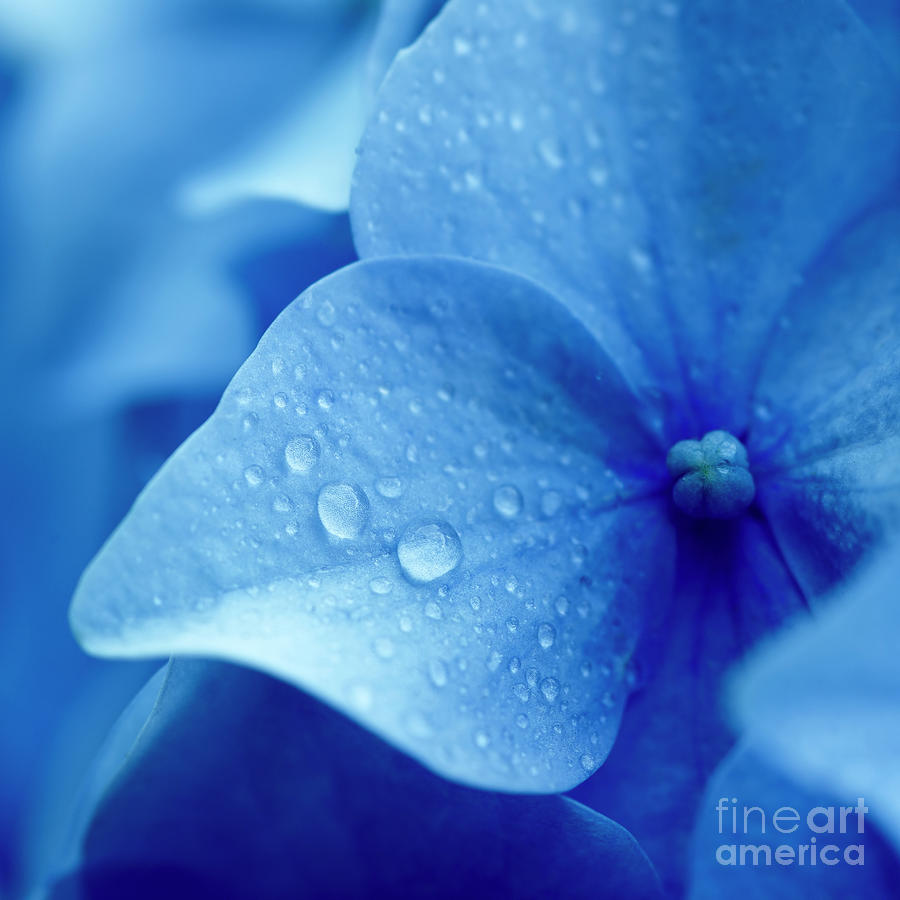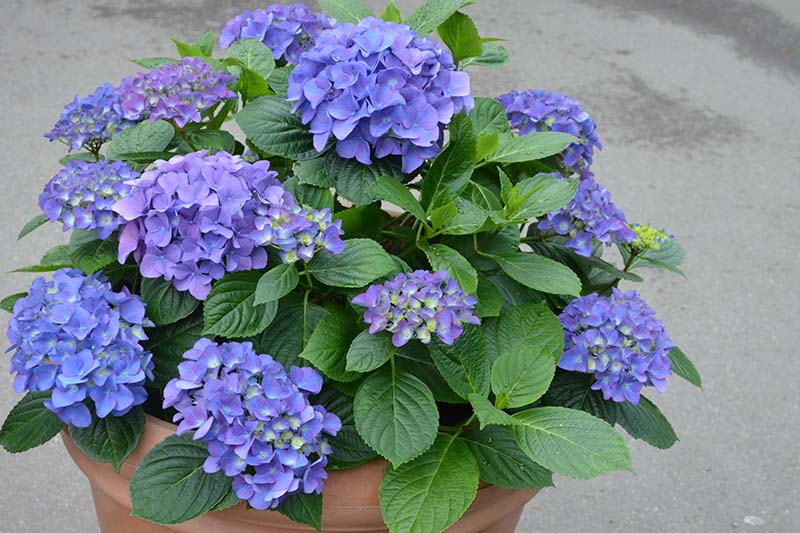How To Grow Blue And Purple Hydrangeas
How to Grow Blue and Purple Hydrangeas
Hydrangeas are beautiful flowering shrubs that can add a touch of elegance to any garden. They come in a variety of colors, including blue, purple, pink, and white. The color of hydrangea flowers is determined by the acidity of the soil in which they are grown. Blue hydrangeas grow best in acidic soil with a pH of 5.5 or lower. Purple hydrangeas grow best in soil with a pH of 6.0 to 6.5. Pink hydrangeas grow best in alkaline soil with a pH of 7.0 or higher.
If you want to grow blue or purple hydrangeas, you will need to adjust the acidity of your soil. You can do this by adding aluminum sulfate to the soil. Aluminum sulfate is a chemical that lowers the pH of soil. You can find aluminum sulfate at most garden centers.
To add aluminum sulfate to your soil, follow these steps:
- Test the pH of your soil. You can do this with a soil pH test kit.
- If your soil pH is above 6.5, add aluminum sulfate to the soil. The amount of aluminum sulfate you need to add will depend on the pH of your soil.
- Water the soil thoroughly after adding the aluminum sulfate.
It may take a few weeks or even months for the aluminum sulfate to lower the pH of your soil and for your hydrangeas to start blooming in blue or purple. Be patient and keep watering your hydrangeas regularly.
In addition to adjusting the acidity of your soil, there are a few other things you can do to help your hydrangeas grow blue or purple. First, plant your hydrangeas in a location that gets morning sun and afternoon shade. Hydrangeas do not like hot, direct sunlight. Second, water your hydrangeas regularly, especially during hot, dry weather. Third, fertilize your hydrangeas once a month with a fertilizer that is high in phosphorus and potassium.
With a little care and attention, you can enjoy beautiful blue or purple hydrangeas in your garden for many years to come.
Here are some additional tips for growing blue and purple hydrangeas:
- Choose the right variety of hydrangea. Some varieties are more likely to produce blue or purple flowers than others.
- Plant your hydrangeas in the fall or early spring. This will give them time to establish themselves before the growing season begins.
- Mulch around your hydrangeas with pine bark or another acidic material. This will help to keep the soil moist and acidic.
- Deadhead your hydrangeas regularly. This will encourage new growth and more blooms.
- Protect your hydrangeas from winter cold. If you live in an area with cold winters, you may need to cover your hydrangeas with burlap or another protective material.
With a little care and attention, you can enjoy beautiful blue or purple hydrangeas in your garden for many years to come.
If you're looking for a beautiful and colorful addition to your garden, look no further than blue and purple hydrangeas. These stunning flowers come in a variety of shades, from light blue to deep purple, and can add a touch of elegance to any space.
But did you know that the color of hydrangeas can actually be affected by the acidity of the soil? In acidic soils, hydrangeas will typically bloom blue, while in alkaline soils, they will bloom pink or red. So, if you're looking for blue hydrangeas, you'll need to make sure that your soil is acidic.
If you're not sure how to test the acidity of your soil, or if you need help choosing the right type of hydrangea for your climate, I recommend visiting . This website has a wealth of information on blue and purple hydrangeas, including their history, care, and cultivation. You can also find photos and illustrations of different types of blue and purple hydrangeas.
FAQ of blue and purple hydrangeas
5 Most Frequently Asked Questions About Blue and Purple Hydrangeas
- What makes hydrangeas blue or purple?
The color of hydrangea flowers is determined by the acidity of the soil. In acidic soil (pH below 6.0), hydrangeas will bloom blue. In alkaline soil (pH above 7.0), hydrangeas will bloom pink. Neutral soil (pH 6.0-7.0) can produce either blue or pink flowers, depending on the variety of hydrangea.
- How do I make my blue hydrangeas more purple?
If you have blue hydrangeas and you want them to be more purple, you can add aluminum sulfate to the soil. Aluminum sulfate is a chelating agent that binds to aluminum ions in the soil and makes them more available to the hydrangea plant. This will cause the hydrangeas to produce more anthocyanins, which are the pigments that give blue and purple flowers their color.
- How do I make my pink hydrangeas more blue?
If you have pink hydrangeas and you want them to be more blue, you can add sulfur to the soil. Sulfur is a natural acidifier that will lower the pH of the soil and make it more acidic. This will cause the hydrangeas to produce more anthocyanins, which will give them a bluer color.
- How do I care for blue and purple hydrangeas?
Blue and purple hydrangeas are relatively easy to care for. They need full sun to partial shade and well-drained soil. They should be watered regularly, especially during hot, dry weather. In the spring, you can fertilize them with a balanced fertilizer. To encourage blue blooms, you can add aluminum sulfate to the soil in the spring.
- What are some common pests and diseases of blue and purple hydrangeas?
Some common pests of blue and purple hydrangeas include aphids, scale insects, and spider mites. These pests can be controlled with insecticidal soap or neem oil. Some common diseases of blue and purple hydrangeas include leaf spot, powdery mildew, and verticillium wilt. These diseases can be prevented by watering the plants at the base and avoiding overhead watering.
Image of blue and purple hydrangeas
5 different images of blue and purple hydrangeas from Pinterest:
- A large bush of blue hydrangeas in full bloom, with some purple flowers in the mix.
- A bouquet of blue and purple hydrangeas, arranged in a vase.
- A close-up of a single blue hydrangea flower, with its delicate petals and green leaves.

- A row of purple hydrangeas growing in a garden, with a white picket fence in the background.
- A cluster of blue and purple hydrangeas in a pot, sitting on a patio table.


Post a Comment for "How To Grow Blue And Purple Hydrangeas"